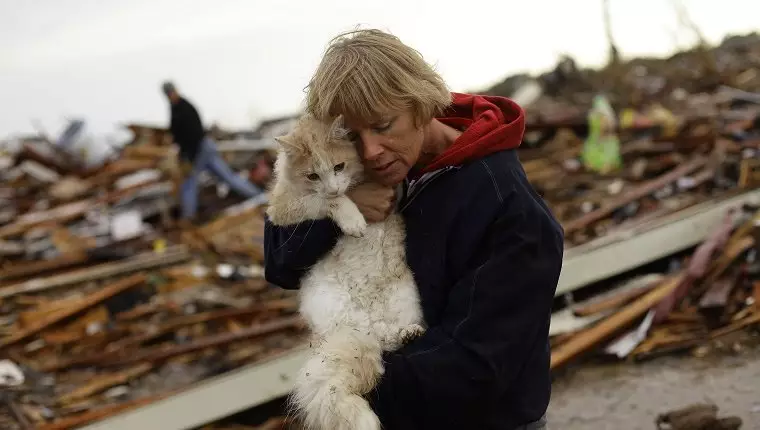Living in tornado-prone areas requires a proactive approach to safety. Tornadoes can strike with minimal warning outside of conventional “tornado seasons.” The December 2015 tornadoes in Dallas, Texas, serve as a sobering reminder that these natural disasters are not strictly bound to seasonal patterns. The aftermath of such events comes with severe destruction, underscoring the need for constant readiness, regardless of the calendar month.
Typically, tornadoes are most frequent between March and June in the United States, especially in regions colloquially known as Tornado Alley. During this period, it is crucial for residents to be hyper-aware of the weather and prepared for potential emergencies. Tornado warnings can emerge suddenly, so having a plan cannot be overstated. Awareness of the typical tornado season allows residents to fortify their safety measures, ensuring that they and their loved ones remain unharmed.
Prevention and preparedness require strategic planning, especially concerning your pets. As beloved family members, cats and other pets are often overlooked when creating an emergency response plan. It’s vital to include them in your safety preparations. Critical questions arise: How will you secure your pets? Do you have a dedicated space in your home where they can be safely kept during a storm? Establishing clear protocols can help alleviate panic when bad weather strikes.
One effective strategy is to have a designated “safe area” within your home—a space that is away from windows and strong winds. Keeping your cat contained in this secure area not only protects them from debris but also makes them feel more secure during tumultuous weather. You should regularly familiarize your pet with this safe zone to decrease their anxiety.
Once the storm passes, it’s important to approach the outdoors with caution, especially if your cat is accustomed to roaming freely. Strong winds can lead to hazards such as power line failures or fallen branches, meaning an outdoor exploration can be dangerous. Take the time to assess your surroundings before allowing your pet back outside.
Additionally, consider possible panic reactions from your feline friend. Cats may sense residual unease in their environment and may act unpredictably. As responsible pet owners, staying vigilant and being aware of your pets’ behaviors during and after a storm can help keep them safe and secure.
Ultimately, the key to safety during tornado season—regardless of when it occurs—is a well-thought-out preparation plan. By understanding the unpredictability of tornadoes and actively involving your pets in your emergency strategies, you can help pave the way for a safer experience during severe weather. Don’t leave anything to chance; evaluate your safety measures today to protect not just yourself but your cherished companions too.


Leave a Reply